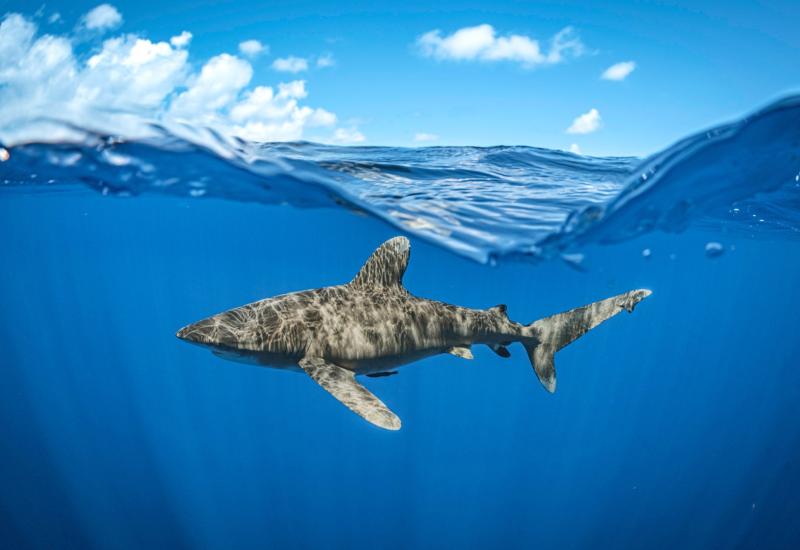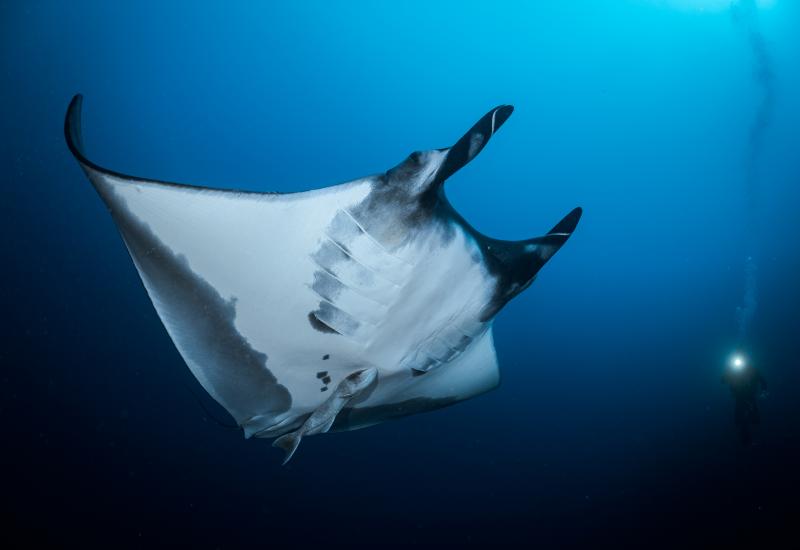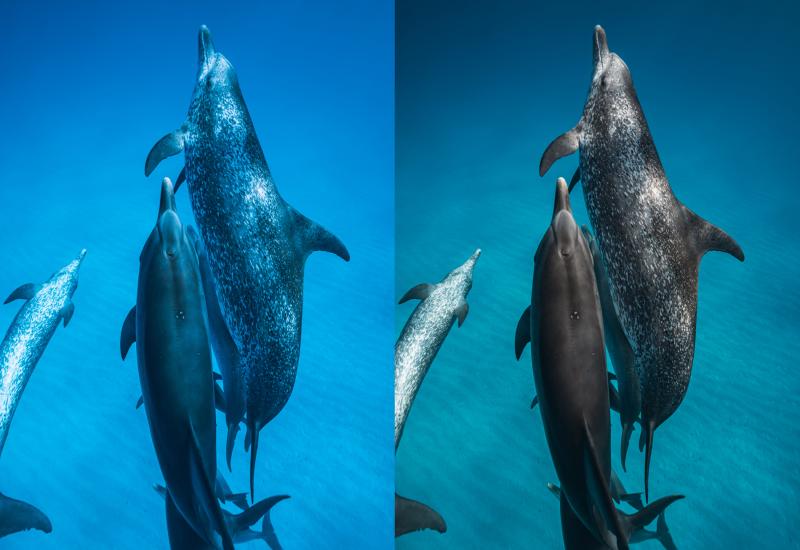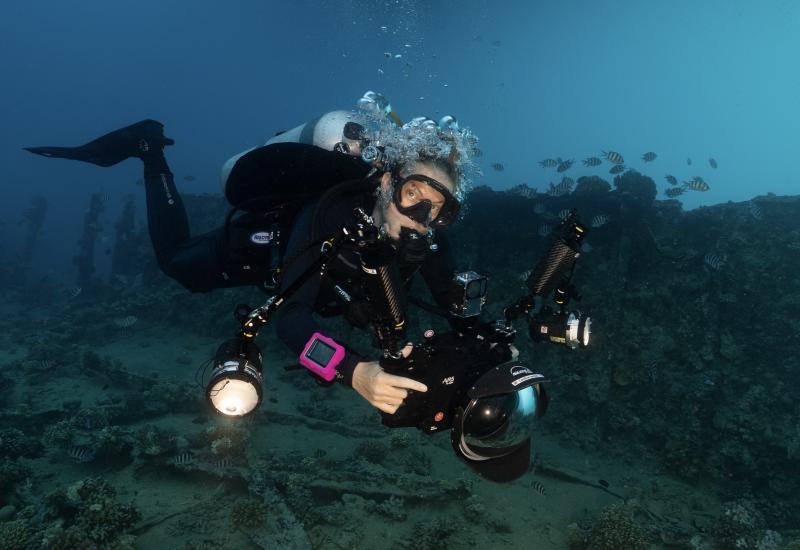How to Take Underwater Photos in Palau
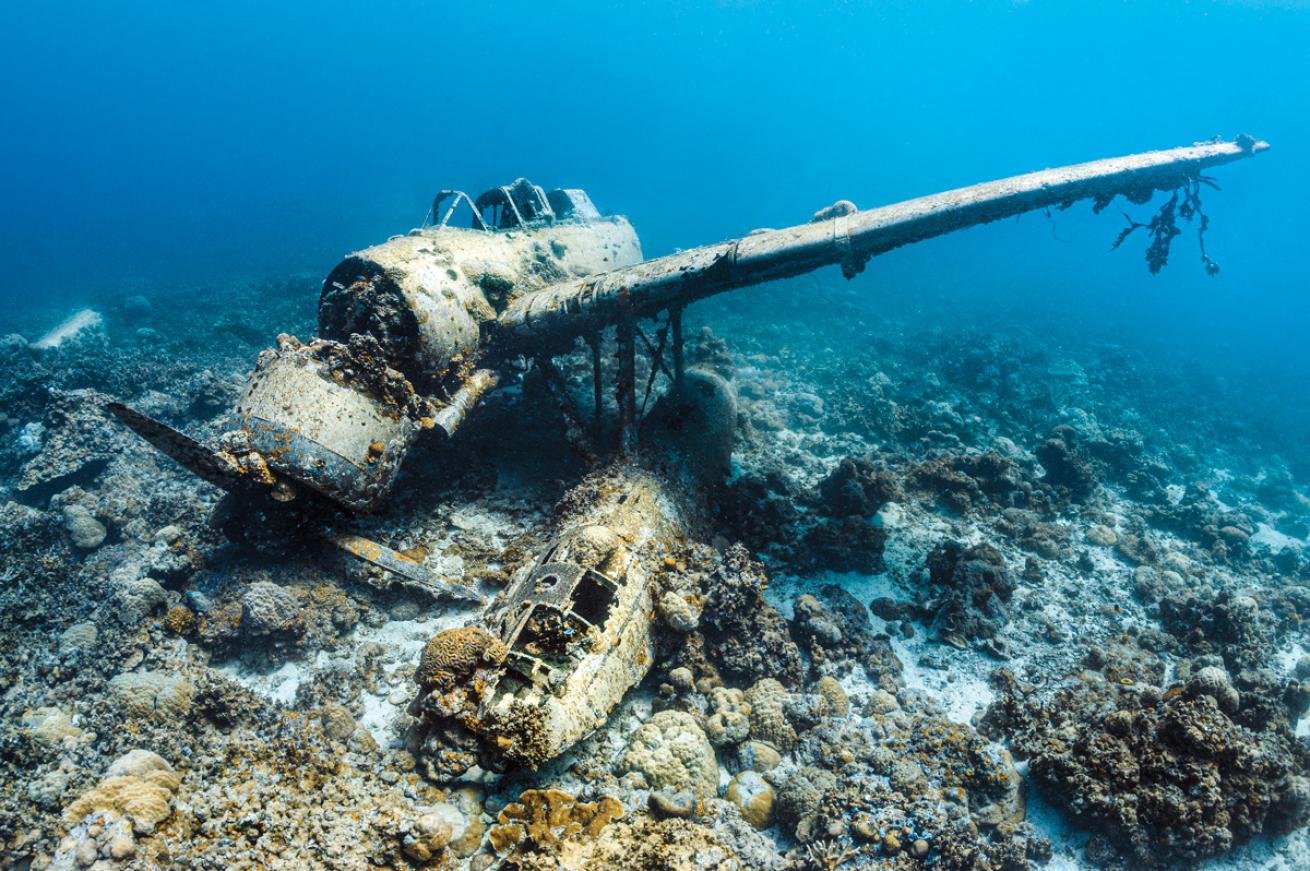
Alex MustardThe Jake seaplane is not that exciting for divers without a camera, but it makes for fabulous photos.
Palau is famous for diving. This dream western Pacific archipelago is far from continents and packed with iconic dive sites and fascinating World War II wrecks. These celebrated sites are all quite different and present unique photographic challenges. For example, Blue Corner is an action-packed drift teeming with marine life, while Chandelier Cave is a shallow, cenote-like limestone cavern; Jellyfish Lake is a surreal snorkel, while German Channel is a manta cleaning station. All of these are classic Palau, but poles apart as far as photography goes.
Current Thinking
Visibility in the open Pacific Ocean is typically excellent, and the currents can often be very strong. Good visibility allows for photographing larger scenes, and the fisheye will be your lens of choice. Current makes photography harder, but the rewards are worth it. A short dive in the heart of the action beats a long one in the wrong place. Learn how to hide from the flow in the lee of objects or ride the back eddies to get where you want to go.
Close to Palau’s main islands are many wrecks—mostly Japanese from World War II. The visibility in this area is not as good as farther offshore, so shoot these large ships mainly without strobes to avoid backscatter. Alternatively, because these wrecks are densely colonized by life, you can make the marine life the subject of the photo and let the wreckage form the backdrop. Photographically, the best wreck in Palau is the well-preserved Japanese Aichi E13A-1, or Jake, seaplane. However, because the wreck is a bit small, you may need to persuade the operator to take you there. On my trips we tend to dive it as an extra 10-minute dive, saving time and air by coming up early on the preceding dive.
The other close-by, must-do dive is Chandelier Cave, which is a four-chambered cavern, with stalactites jabbing down through the surface of the dark waters. High ISO and an off-camera light source are key here—bring either a remote strobe or a powerful LED light. The best way to shoot the cave is to work as a team of three, with one shooting, one modeling and one hidden behind the model holding the backlight. Then swap roles. Chandelier Cave is very shallow, so you will have plenty of time and you can surface (mind your head) to discuss ideas for shots.
Tiny Ocean
Top of the list for many photographers is Palau’s Jellyfish Lake, which is a landlocked seawater lake. The golden jellies that live here have lost their need for a sting and feed through algae living symbiotically in their tissues, which gives them their golden color. They swim around en masse, tracking the sunshine around the lake like a sundial. There is quite a steep hill to walk over to get to and from the boat, which makes photographers question whether they should carry heavy strobes. I only used strobes for about 20 percent of my shots in the lake, but it is good to have the option in a place you might only visit once in your life. Lens-wise, this is definitely fisheye territory.
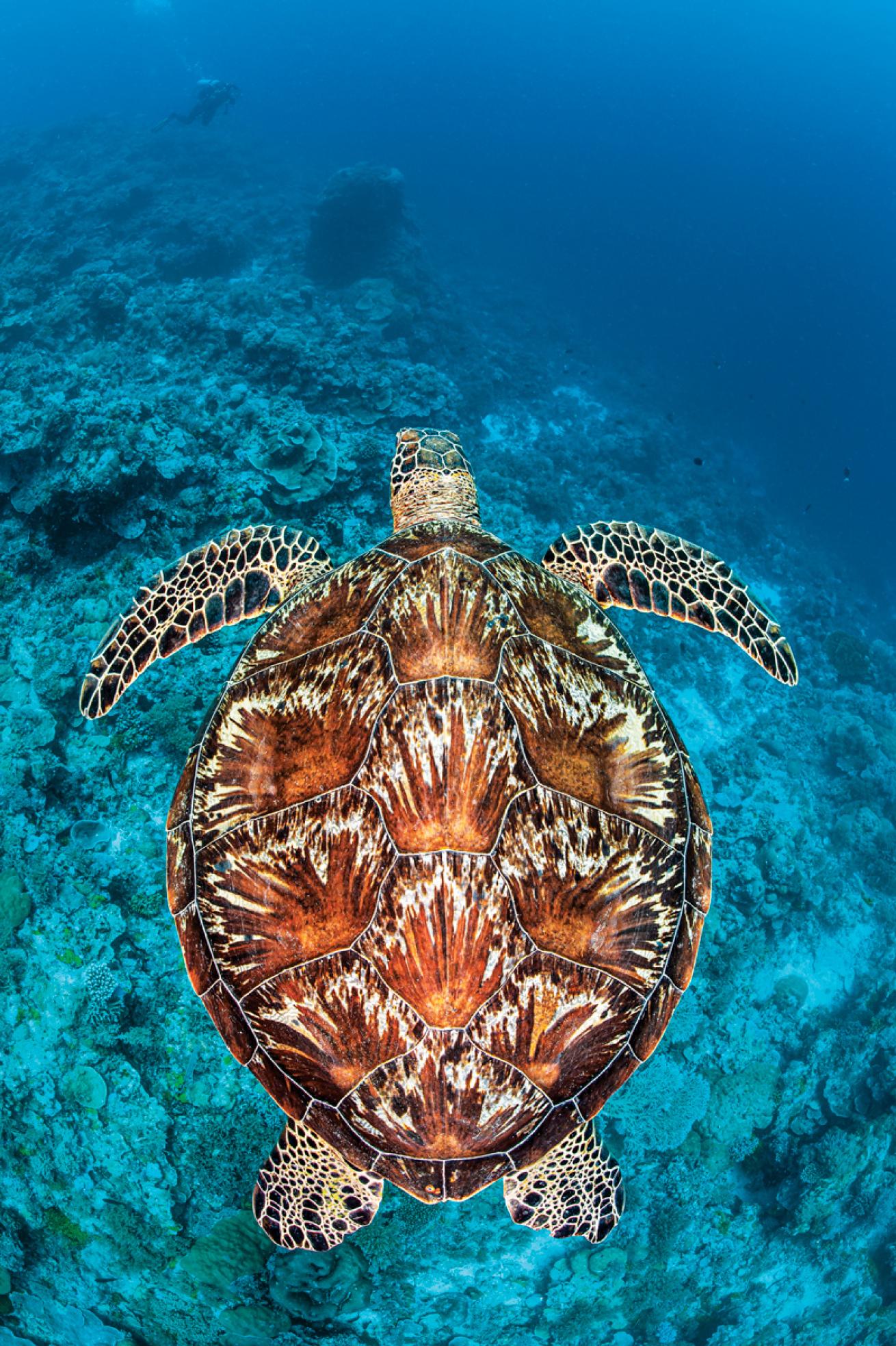
Alex MustardWhen photographing turtles, turn down your strobes to work with their reflective skin.
More important than a strobe is sunshine, which can’t be guaranteed, but totally transforms the photographic possibilities. The must-do image is the jellyfish lightbulb shot. You can create this shot by shooting upward, positioning the jellyfish directly between the camera and the sun. You need to be close enough to the jellyfish so that it is big enough in the frame to completely hide the sun, which then makes the jelly light up from within—like a lightbulb. What is amazing about the lake is the quantity of jellies—so in addition to perfectly framing individuals, make sure you capture the messy mass of medusae. It is also well worth shooting people swimming through this otherworldly spot.
The offshore reefs southwest of the mainland are where most of Palau’s iconic sites are found. Blue Corner is the most famous, but with changeable currents it is also the most unpredictable. The best approach here is to switch over from fisheye to a wide-angle zoom to give flexibility. There are often lots of gray reef sharks here that can fill the frame with the help of a zoom lens. The zoom also suits the many schools of fish lined up in the current. Turtles (green and hawksbill) are common, especially when the current carries you down the reef in a southerly direction. If you remember just one thing when shooting turtles, it should be: “See a turtle, turn your strobes down.” Turtles, which have reflective, scaly skin, are always brighter than whatever you were photographing before.
German Channel is a classic manta cleaning dive, and the key, as always, is to follow the advice of the guides. Mantas can be curious and playful; they can also be wary. Experienced guides understand how to get close encounters. The general rule is to stay low and stay still, and with luck, you will get excellent images. The Blue Hole is one of the easier dives in Palau because this huge cavern is protected from current and waves. The best shots here are big scenes, ideally shot without strobes, with a model giving scale to the scenery. Consider shooting a panorama of stitched images to capture the grandeur of this spot.
Perhaps the most exciting dives in Palau are those targeting spawning aggregations, which occur on the big corners of the reef, like Shark City or Peleliu Express. The strong tidal currents in Palau mean that many larger reef fish gather for synchronized spawnings, and these massive groups can be spectacular. However, getting your timing right is not easy, and it is essential to work with the local experts. With their help, you can be in the right place for something truly unforgettable.

